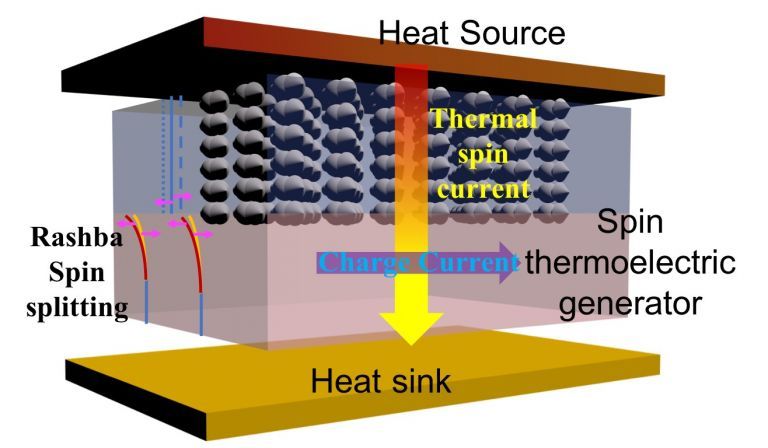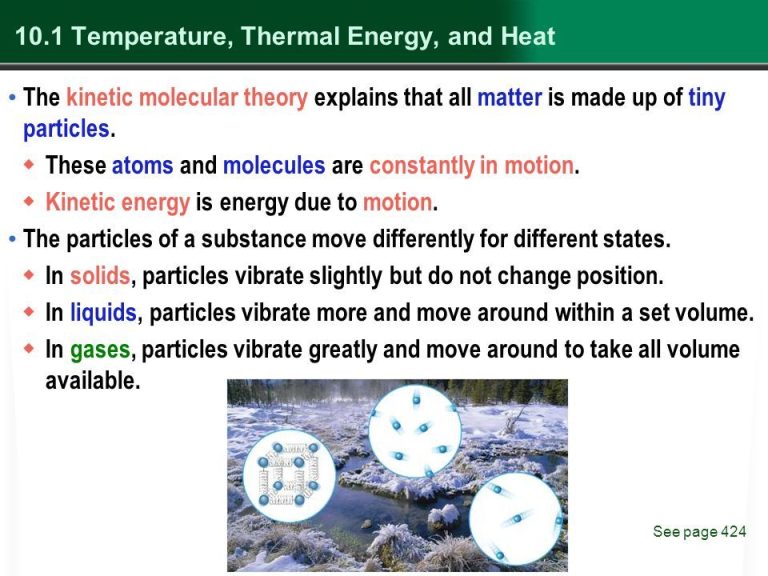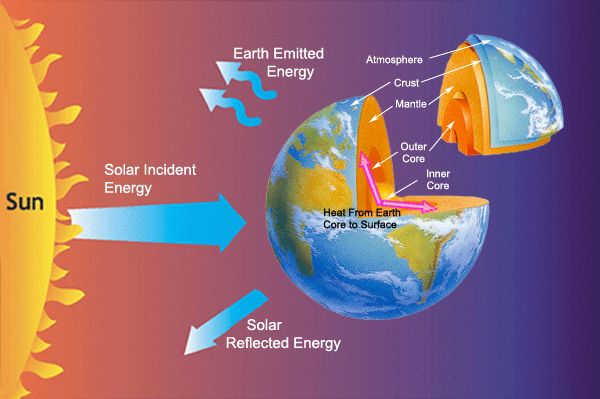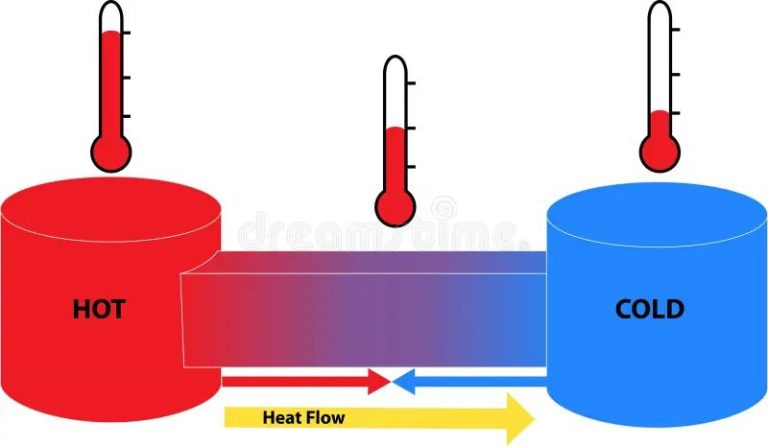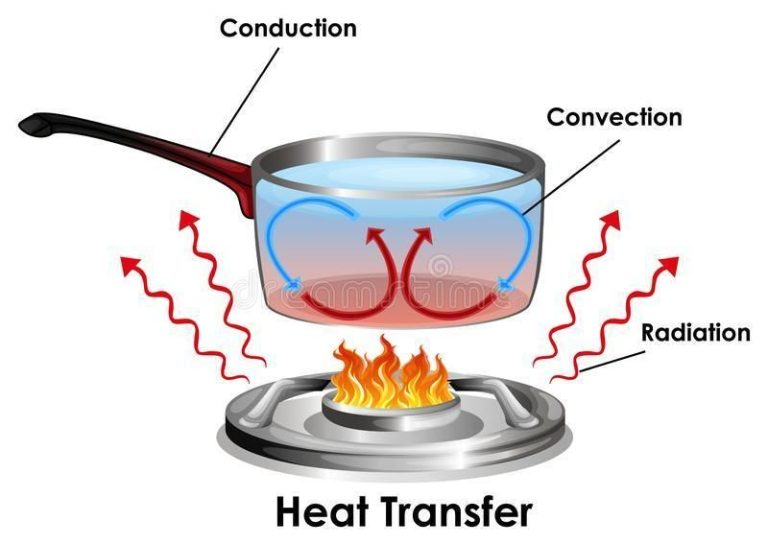What Is Thermal Energy Storage In Solar Energy?
Thermal energy storage (TES) refers to technologies that stockpile thermal energy during times when there is an excess, like when solar energy production peaks, and release it during periods of higher demand. TES serves as a large battery for heat or cold that can smooth out imbalances between energy supply and demand.
Energy storage is critical for solar energy systems because of the intermittent and variable nature of solar energy. Solar power production depends on the time of day, weather, and seasons. TES provides a way to capture extra solar energy when the sun is shining and use it later when the sun goes down or is blocked by clouds.
By storing excess thermal energy for later use, TES improves the operation and efficiency of solar energy systems. It allows solar energy to be dispatched on demand, even when the sun isn’t shining. TES is an enabling technology that can make solar power more flexible, reliable, and cost competitive with fossil fuels.
How Thermal Energy Storage Works
Thermal energy storage (TES) works by capturing excess thermal energy during times of production and storing it for later use. This allows the mismatch between thermal energy supply and demand to be balanced. There are two main types of TES systems:
Sensible heat TES involves raising the temperature of a storage medium like water, concrete, molten salt, rocks, or soil. The amount of stored energy depends on the specific heat capacity of the medium, temperature change and amount of storage material. This is the most common and simple form of TES.
Latent heat TES relies on phase change materials (PCMs) like ice, paraffin wax, and certain salts which can absorb and release heat during phase transitions between solid and liquid. This allows large amounts of thermal energy to be stored per unit mass.
TES systems are charged by surplus thermal energy when demand is low and discharged when demand is high. The storage mediums enable thermal energy to be cost-effectively captured and used hours, days or even months later. This provides greater flexibility and reliability for thermal energy supply systems.
Benefits of Thermal Energy Storage (TES)
Thermal energy storage offers several important benefits that make it an attractive option for solar energy systems:
Improved Efficiency
TES allows solar thermal systems to operate more efficiently by storing excess heat produced during periods of high solar radiation for use at a later time when radiation is lower. This evens out the energy supply and improves the utilization of the solar collectors.
Ability to Shift Supply to Meet Demand
TES provides the ability to shift the supply of solar thermal energy to better match peak demand periods. Heat can be stored during the day and utilized in the evening when demand is higher. This helps address the intermittent nature of solar energy.
Reduced Costs
By storing excess thermal energy for later use, TES can reduce the required solar collector area for a given energy demand. The reduced equipment needs lower capital costs for solar thermal systems. TES also enables shifting load to off-peak times, reducing demand charges.
Major TES Technologies
There are three major thermal energy storage technologies used in solar energy systems:
Sensible Heat Storage
Sensible heat storage involves heating or cooling a storage medium to store or discharge heat. Water, molten salt, rocks, and soil are examples of storage mediums used. The amount of heat stored depends on the specific heat capacity of the medium, its temperature change, and the amount of storage material.
Latent Heat Storage
Latent heat storage utilizes phase change materials (PCMs) to absorb or release heat during phase transitions between solid, liquid, and gas. Typical PCMs are water, fatty acids, and salt hydrates. Latent heat storage provides much higher storage density compared to sensible heat, as it stores both sensible heat and the heat of transformation.
Thermochemical Storage
Thermochemical storage uses reversible chemical reactions that absorb and release heat based on endothermic and exothermic processes. Storage mediums can be selective absorption materials like salt hydrates and hydroxides that undergo hydration and dehydration reactions. Thermochemical storage can enable long-term storage with minimal losses.
Example Systems
There are many impressive real-world examples of thermal energy storage systems operating around the world:
The Sundrop Farms greenhouse project in South Australia uses a TES system with molten salt storage to allow 24/7 operation of concentrated solar power. This provides electricity and heat for climate control in the greenhouses even at night or during cloudy days.
Andasol 1 & 2 in Spain are two large commercial parabolic trough concentrated solar plants that include TES with molten salt to generate 50 MW of power for up to 7.5 hours after sunset. This allows dispatchable renewable electricity day and night.
Solar Two was an experimental concentrated solar power plant near Barstow, California that demonstrated the use of molten nitrate salt TES with a 10 hour storage capacity. It paved the way for later commercial molten salt plants.
The Drake Landing community in Alberta, Canada uses borehole thermal energy storage during the summer to capture excess solar heat. This heat is then used during the winter to warm over 50 homes via hydronic heating, reducing gas usage by over 90%.
Challenges
While thermal energy storage offers many benefits, there are also some technical and economic challenges that need to be addressed.
One major challenge is the high upfront costs associated with installing a TES system. The storage media, containers, heat exchangers and other system components can be expensive, especially for larger systems. The costs are often higher than installing a conventional heating/cooling system without storage. However, TES systems can offer a good return on investment over their lifetime due to energy savings.
There are also energy losses associated with any thermal storage system. No storage method is 100% efficient and there will always be some heat loss to the surroundings. Proper insulation around the storage tanks and media can help minimize losses.
TES systems require space to house the storage equipment. This may compete with other uses and can be a challenge in cramped urban areas. Careful design is needed to integrate storage tanks and containers into the available space.
Additionally, some storage media like phase change materials have limitations on the number of freeze/melt cycles they can undergo before degrading. System designers have to account for this to ensure effective long-term operation.
There are also challenges around optimizing control strategies and overall system integration. Operating TES systems efficiently often requires sophisticated automation and monitoring.
Researchers continue to work on bringing down costs, improving storage materials, reducing losses and integrating TES effectively into buildings and processes. As these technical challenges are addressed, TES holds great promise as an enabling technology for renewable energy growth.
Future Outlook
Thermal energy storage is expected to see significant growth in the coming years as solar energy continues to expand globally. Several trends point towards a promising future for TES in solar applications:
- Improving TES technologies – Ongoing R&D is enhancing TES performance and reducing costs through advanced materials, optimizing storage mediums, and hybrid system integration.
- Increasing renewable energy targets – Many countries are setting aggressive renewable energy and emissions reductions goals, driving demand for TES to overcome solar intermittency.
- Falling prices – TES costs are expected to decrease as production scales up, helping improve the value proposition.
- Supportive policies – Governments are enacting more policies supportive of energy storage to balance grids and enable high renewable energy penetration.
- Grid modernization – Modernizing electricity grids and adding flexibility will rely on storage solutions like TES for solar plants.
- New storage applications – Innovative TES uses are emerging, like thermal batteries for off-grid storage and delivering solar heat/cooling.
With these positive drivers, analysts project the global TES market to grow over 15% annually. TES is poised to play a major role in scaling up solar energy and building sustainable energy systems of the future.
Policy and Regulation
There are several key policies and regulations that are driving increased adoption of thermal energy storage in solar energy systems.
At the federal level in the United States, investment tax credits and other incentives can make TES systems more affordable. The federal government has also set renewable energy and carbon reduction targets that spur utilities and companies to invest in storage solutions like TES.
Many states now have renewable portfolio standards that require utilities to obtain a certain percentage of their electricity from renewable sources. TES supports growth in renewable energy like solar by allowing the thermal energy to be used when needed. States like California also have aggressive energy storage mandates that utilities must meet.
At the local level, building codes and permitting processes can accelerate or hinder TES deployments. Streamlining solar and storage permitting and updating building codes to accommodate TES are key steps municipalities can take.
Internationally, countries that are part of the Paris Climate Agreement have set goals for greenhouse gas reductions. Widespread implementation of TES can help meet these goals in a cost-effective manner.
As the benefits of TES become more widely known, and as jurisdictions implement supportive policies, thermal energy storage is poised to play an integral role in decarbonizing energy systems.
Key Players
Several major companies are involved in manufacturing and installing thermal energy storage systems for solar energy applications. These include:
Abengoa – This Spanish company builds large-scale solar thermal plants with molten salt energy storage. Some of their installations are located in the US, Chile and South Africa.
BrightSource Energy – A leading US company in solar thermal technology. Their Ivanpah plant in California utilizes direct steam generation and no storage. However, their next generation designs will incorporate TES.
SolarReserve – A US company with experience in molten salt power towers. Their Crescent Dunes plant in Nevada was one of the first to use molten salt storage up to 10 hours.
Schott – A German company and a leading supplier of receivers and salt storage tanks for concentrated solar power plants with TES capabilities.
Linuo Paradigma – A Chinese high-tech company focused on molten salt TES systems for solar thermal plants. They have supplied major projects domestically and internationally.
Conclusion
In summary, thermal energy storage plays a critical role in enabling greater adoption of solar energy. By storing excess heat or cold produced during sunny or off-peak hours, TES allows this energy to be dispatched when needed, such as after sundown or during peak demand. This helps mitigate the intermittency issues of solar PV and CSP systems and improves their capacity factors and value. Key TES technologies like molten salt storage, chilled water TES, and phase change materials continue to improve. Wider deployment of TES will require further cost reductions as well as supportive policies and regulations that recognize its benefits. With its ability to serve as a “battery” for thermal energy, TES promises to be an indispensable component of a cleaner and more resilient energy system powered increasingly by solar.

